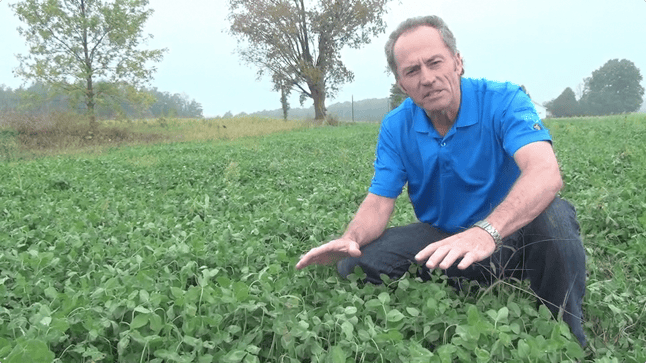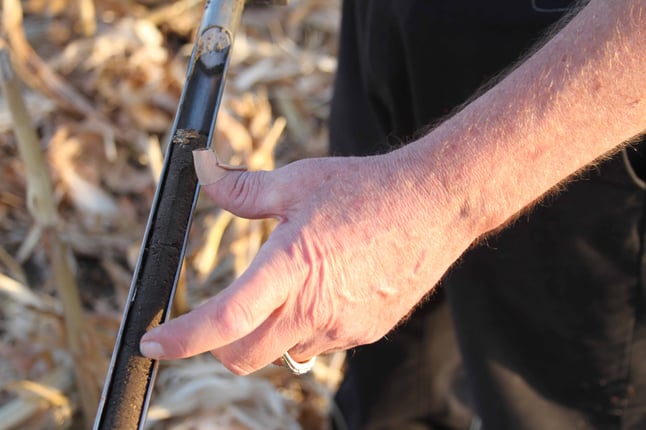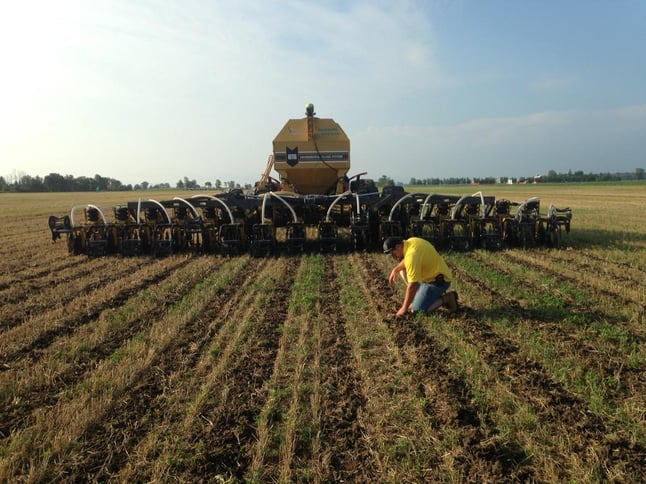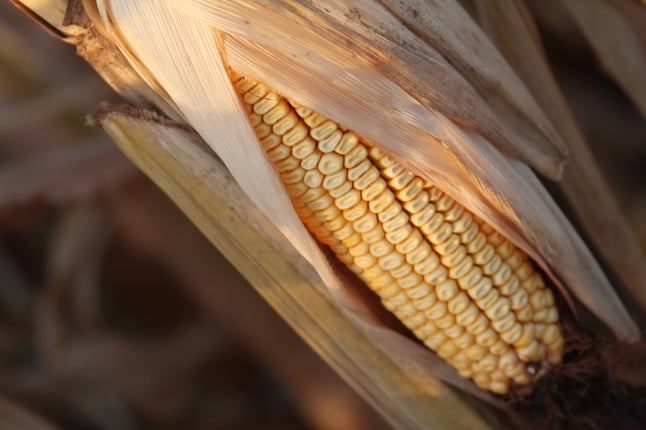Creating a Nutrient Placement Plan for Better Crops and Stewardship
Crops need nutrients but just getting those nutrients in the soil isn’t enough. That’s why agronomists like Peter Johnson believe precise delivery of fertilizer is the best way to combine productivity and stewardship.
An agronomist for RealAgriculture, Johnson has devoted his life to agriculture. Having spent 30 years as an extension agronomy specialist in Ontario, he’s also learned many things about helping farmers make good choices for crop production and environmental stewardship.

Take the Test
The first step for good fertility comes from knowledge. He says farmers need to start by knowing what their soils hold in order to keep nutrient levels where they need to be.
“You can’t farm well today without good soil test information,” Johnson says. “I prefer smart sampling by soil zones. You have to know if you can draw down the nutrients in certain areas, if you need to build them up (and this is critical!), or if maintaining them will be the most profitable.”

Calculate Crop Removal
What’s available in the soil isn’t the only factor farmers need to consider when identifying nutrient needs. In addition to soil testing, Johnson says it’s vital to calculate the impact of crop removal.
Precise Placement
For nutrient placement, Johnson is a proponent of precise fertilizer placement. He says a band is four to five times more efficient than broadcast fertilizer applications and blending with zone tillage is at least twice to three times more effective. That efficiency shows up in the form of higher yields.
“Especially in areas with low potash, putting nutrients in strips has shown benefits of as much as 30 bushels per acre for corn,” Johnson says. “In soil that’s low in phosphorous and potash, when we can put nutrients where they’re concentrated, we’ve seen up to an 80 bushel increase. Those are extreme cases, but even on decent soil testing fields, the average is about 10 bushels per acre.”

Sustainable Study
Johnson has joined with Ontario ag retailer South West Ag Partners on a new program called Sustainable Cropping Systems involving the SoilWarrior. The project focuses on reducing phosphorus movement off grower fields, soil health, nutrient retention and efficiency, crop residue management and crop productivity.
Johnson is optimistic about the potential strip-till farming has for farmers in Ontario who are coming under increased environmental scrutiny. Precise nutrient placement can dramatically reduce runoff or tile flow that could contribute to water quality issues. Because only a portion of the soil is disturbed in the strip-till process, there is far less soil erosion. Tilled zones also warm more quickly in the spring than no-till fields contributing to better early crop growth.
“I think we can generate yields that will equal or exceed conventional tillage, save more soil, and keep our fertilizer where it belongs,” Johnson adds. “Strip-till is the best of both worlds and I’m excited to see what it can do for agriculture in Ontario.”

See how the SoilWarrior's row units can help you take your crop productivity and nutrient placement to the next level.

Comment